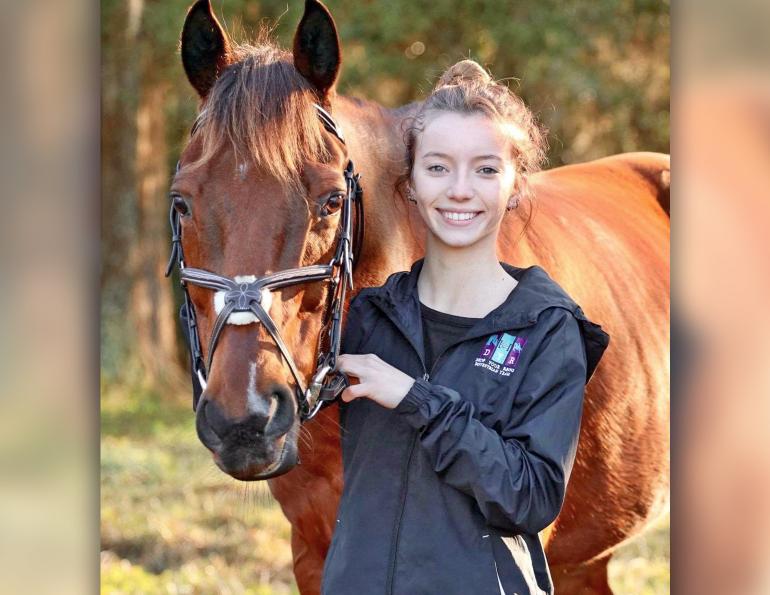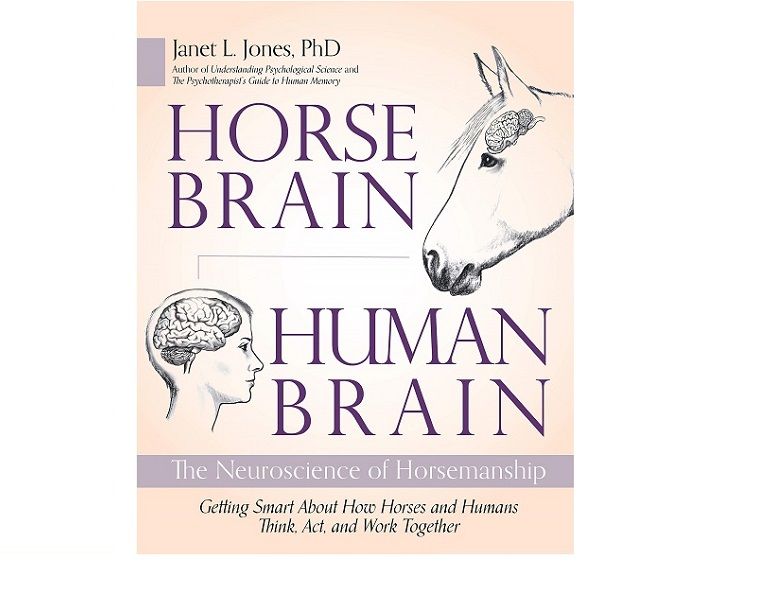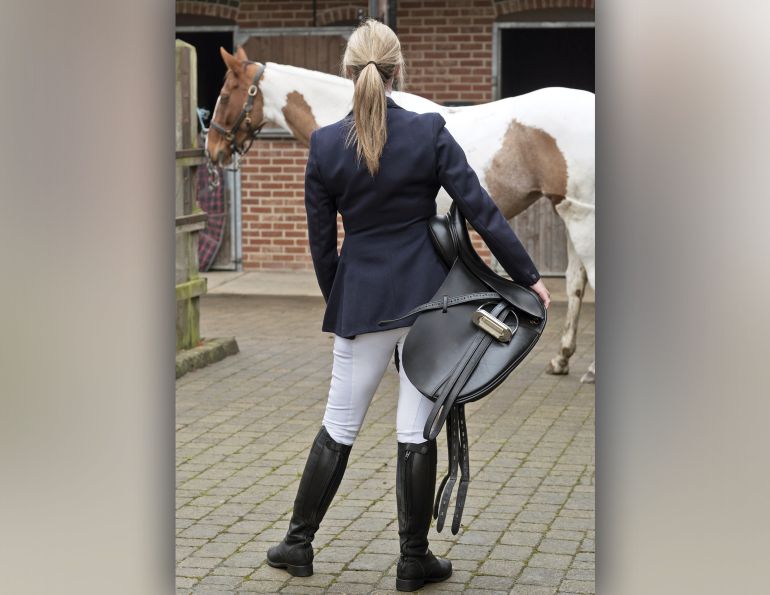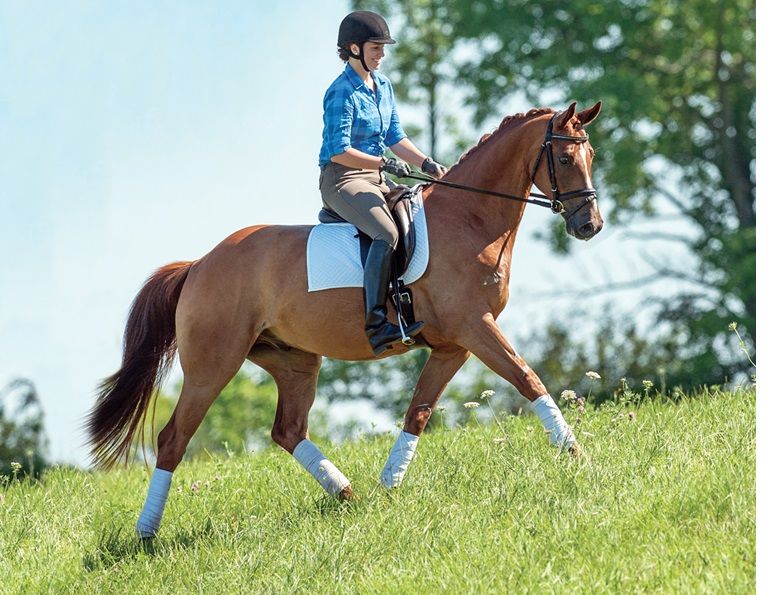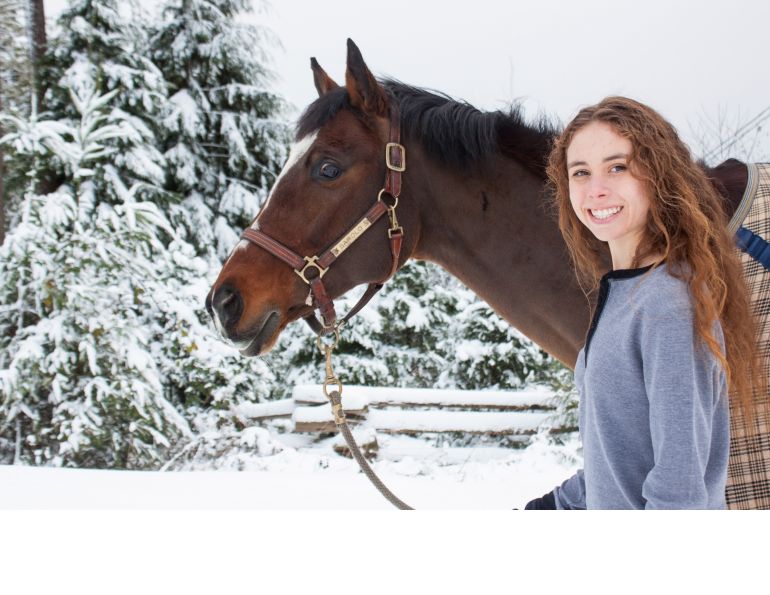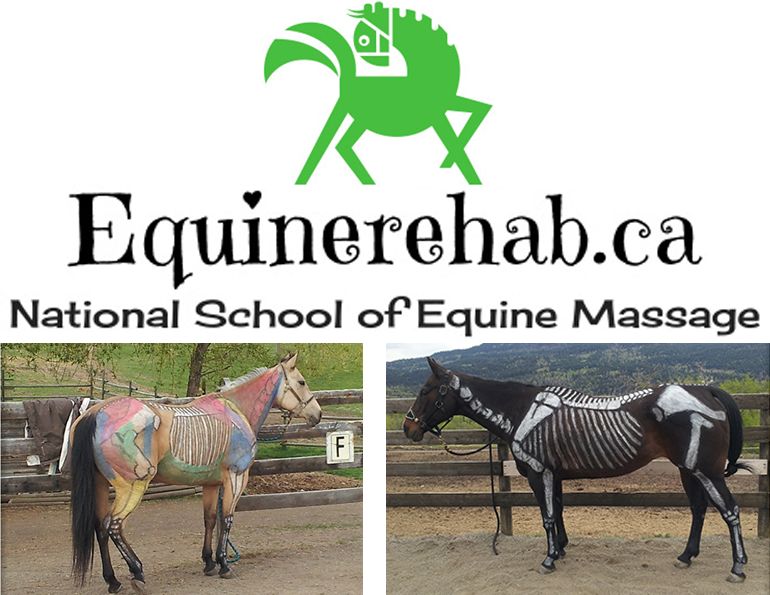By Fran Severn
Trafalgar Square Books, 2022; Non-fiction; ISBN 9781646010493; 244 pages; paperback, ebook
Reviewed by Tania Millen, BSc, MJ
Are you a midlife novice horsewoman wondering about the ins and outs of having a horse? If so, this book can help. It’s clearly designed to answer questions for women who are finally living their dreams of riding or owning a horse — whether they’re new to the horse world or returning after a long absence.
The book is split into seven parts and 24 chapters and provides basic guidance for navigating the horse world. It details how to find an instructor, a suitable barn, what to wear, and how to deal with age-related physical challenges. It’s likely the only book that discusses the challenges of riding with urinary incontinence, which bras and panties work best, and how to convince your joint replacement surgeon that you absolutely have to ride.
There are chapters on fear, fitness, and weight. There’s a section on buying a horse (or not), including how to shop, whose advice to consider, and what a pre-purchase exam is. Plus, there’s another chapter on the necessities of having a veterinarian, farrier, and saddle fitter.
The book wades into sensitive subjects, too, summarizing insurance needs, power of attorney if you’re incapacitated, and how to decide when to put your horse down.
The last two parts of the book address keeping a horse at home, boarding other horses, and finances. There’s even a chapter on dealing with an unsupportive spouse — a delicate subject that’s candidly discussed.
The book also covers topics that specifically appeal to older novice horsewomen, such as the many options for international horse adventures, cruises, cattle drives, guest ranches, and horseback expeditions.
Sidebars of “ageless advice” are scattered throughout the book. Topics range from features of fitness trackers to a boarding facility checklist, how to get the best sleep, and how to analyze your financial future (so you can afford a horse habit!).
There are also 10 pages of resources and references at the end of the book that provide details of organizations, books, articles, and businesses relevant to horsewomen at midlife and beyond. The book’s home website is a great starting place.
Riders of a Certain Age fills a vacant niche, providing much-needed curated information tailored to the novice, older horse lover. The author’s conversation style and carefully considered guidance keeps the mood light while imparting essential tidbits of information. For example, a sidebar of “good boarder guidelines” summarizes common sense tips that help boarding barns run smoothly: avoiding gossip, sharing facilities, tidying common areas, and offering to help with maintenance.
Ultimately, Severn’s book delivers what it promises: guidance for the fastest growing segment of the horse industry, the women aged 50 to 80 choosing to have horses in their lives, perhaps for the first time. For those seeking to indulge their newfound or lifelong horse passion, this is a useful reference that’s easy to read.





